Taken from: http://annoyzview.wordpress.com/2012/05/21/recent-find-proves-marco-polo-never-really-went-to-china/
May21
Marco Polo is one of history’s greatest explorers and his fame was established by journeys to China and the Far East. But modern day scholars feel Marco Polo never went to China. They think that the Venetian merchant adventurer picked up second hand stories about Japan, China and Mongol Empire from other Persian merchants he met during his voyage to the shores of Black Sea (which is thousands of miles short of the Oriental Empires). He put all the stories told by the Persian merchants together and used the information for his bestselling book “A Description of the World”. This is one of the first travel books of its type.
As a proof of their findings the archaeologists point to the inconsistencies and inaccuracies in Marco Polo’s description of Kublai Khan’s attempted invasions of Japan in 1284 and 1281. Scholars feel Marco confused two details – about the first expedition and second expedition. In his account of Kublai Khan’s invasion he states that the fleet left Korea and was hit by a typhoon before reaching Japanese coast. These events happened in 1281 and not in Kublai Khan’s first expedition. It is unbelievable that an eye witness could confuse events that were separated by seven years.
Recently the remnants of Marco Polo’s fleet were found. There is a sharp contrast between the real ships and their description by Marco Polo. The Venetian described the ships as having five masts but the ships found have only three masts. Such contrast in facts raised doubts over Marco’s expedition.
Further, Marco Polo describes Kublai Khan’s fleet using pitch to make their ship hulls watertight. He used the word ‘chunam’ which means ‘nothing’ in Chinese and Mongol. But this same word means pitch in Persian. Most of the local names and place names are Persian terms for Chinese or Mongol place names.
Marco Polo had also claimed that he worked as an emissary to the court of Kublai Khan. But the Mongol and Chinese records from those times do not have Marco Polo’s name anywhere. In his book Marco maintained a first person narrative, but in the sections about China and Mongolia he reverts to a second person narrative as though he had heard about these from someone else. Marco Polo is also known to be an acute observer of daily life and rituals. But some of the prominent customs in China such as chopsticks, tea drinking or the Great Wall find no mention in his work.
As a proof of their findings the archaeologists point to the inconsistencies and inaccuracies in Marco Polo’s description of Kublai Khan’s attempted invasions of Japan in 1284 and 1281. Scholars feel Marco confused two details – about the first expedition and second expedition. In his account of Kublai Khan’s invasion he states that the fleet left Korea and was hit by a typhoon before reaching Japanese coast. These events happened in 1281 and not in Kublai Khan’s first expedition. It is unbelievable that an eye witness could confuse events that were separated by seven years.
Recently the remnants of Marco Polo’s fleet were found. There is a sharp contrast between the real ships and their description by Marco Polo. The Venetian described the ships as having five masts but the ships found have only three masts. Such contrast in facts raised doubts over Marco’s expedition.
Further, Marco Polo describes Kublai Khan’s fleet using pitch to make their ship hulls watertight. He used the word ‘chunam’ which means ‘nothing’ in Chinese and Mongol. But this same word means pitch in Persian. Most of the local names and place names are Persian terms for Chinese or Mongol place names.
Marco Polo had also claimed that he worked as an emissary to the court of Kublai Khan. But the Mongol and Chinese records from those times do not have Marco Polo’s name anywhere. In his book Marco maintained a first person narrative, but in the sections about China and Mongolia he reverts to a second person narrative as though he had heard about these from someone else. Marco Polo is also known to be an acute observer of daily life and rituals. But some of the prominent customs in China such as chopsticks, tea drinking or the Great Wall find no mention in his work.

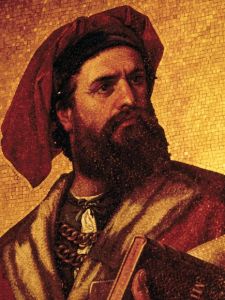
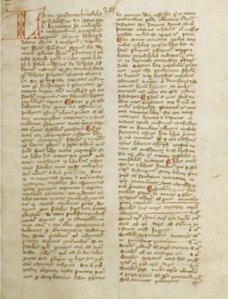
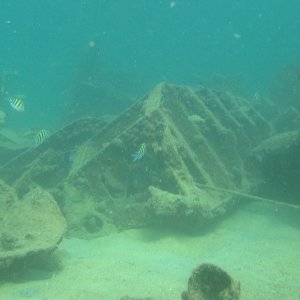
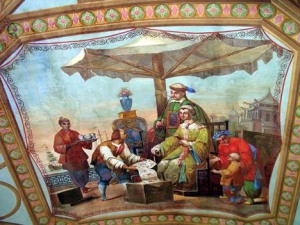
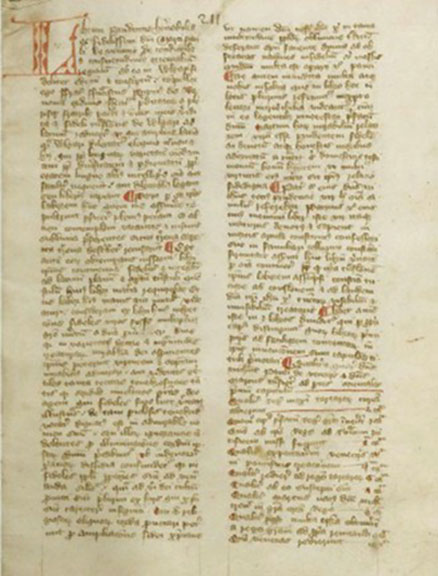


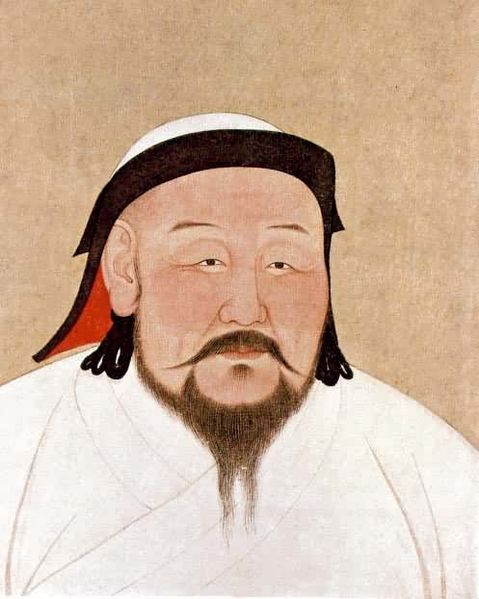
No comments:
Post a Comment